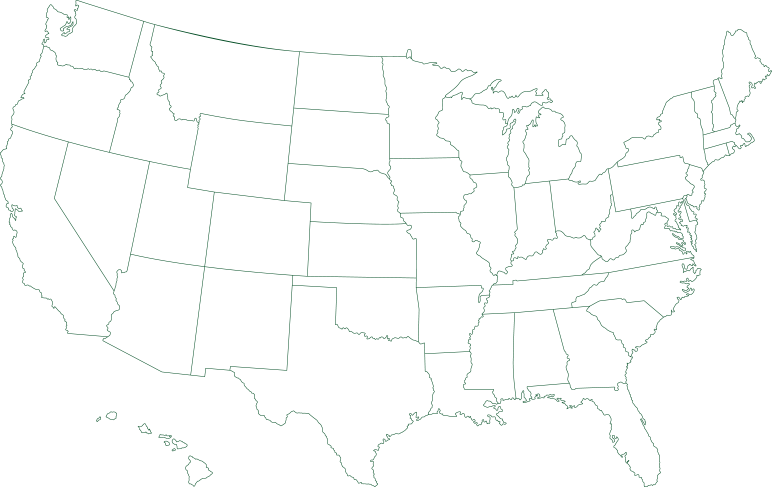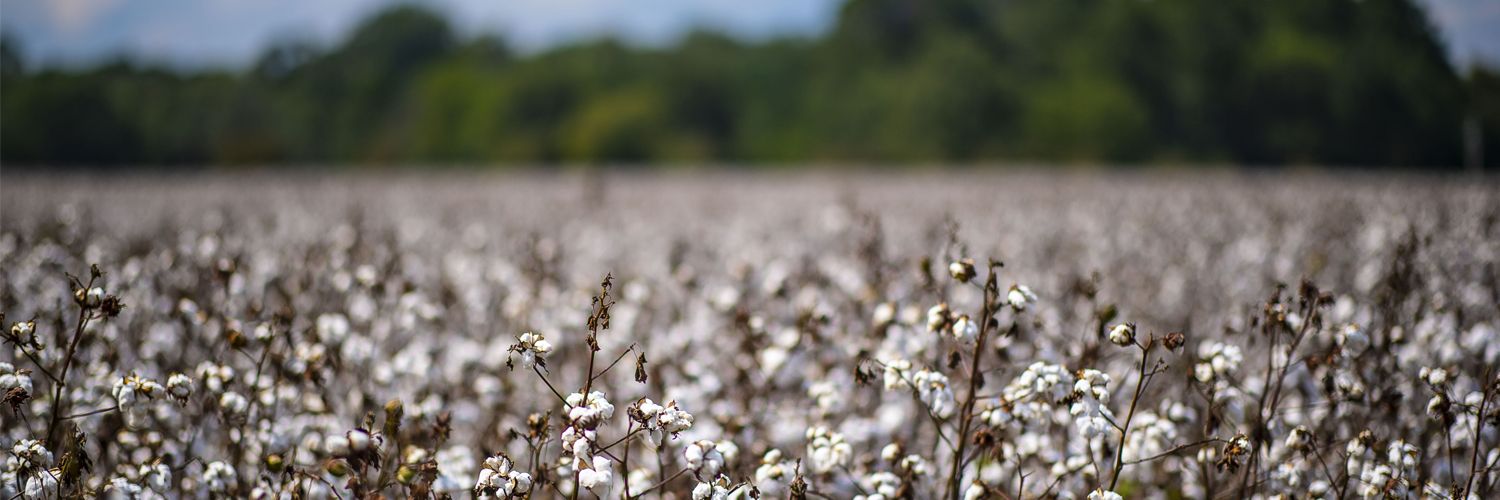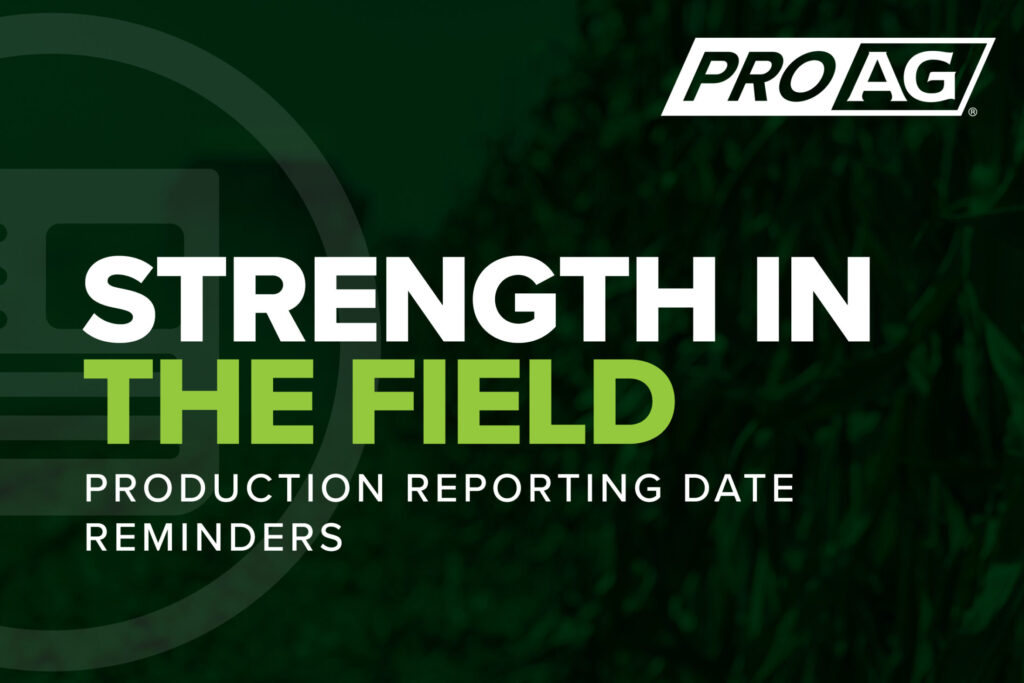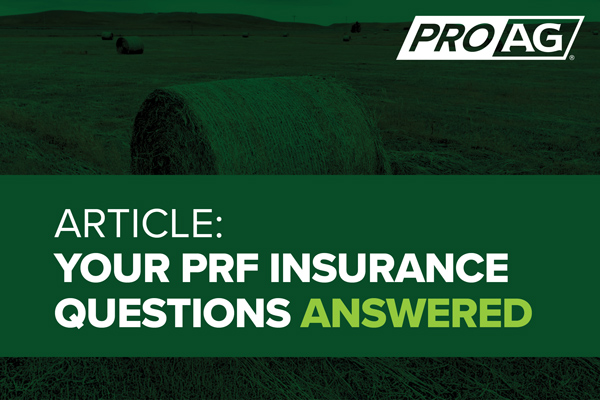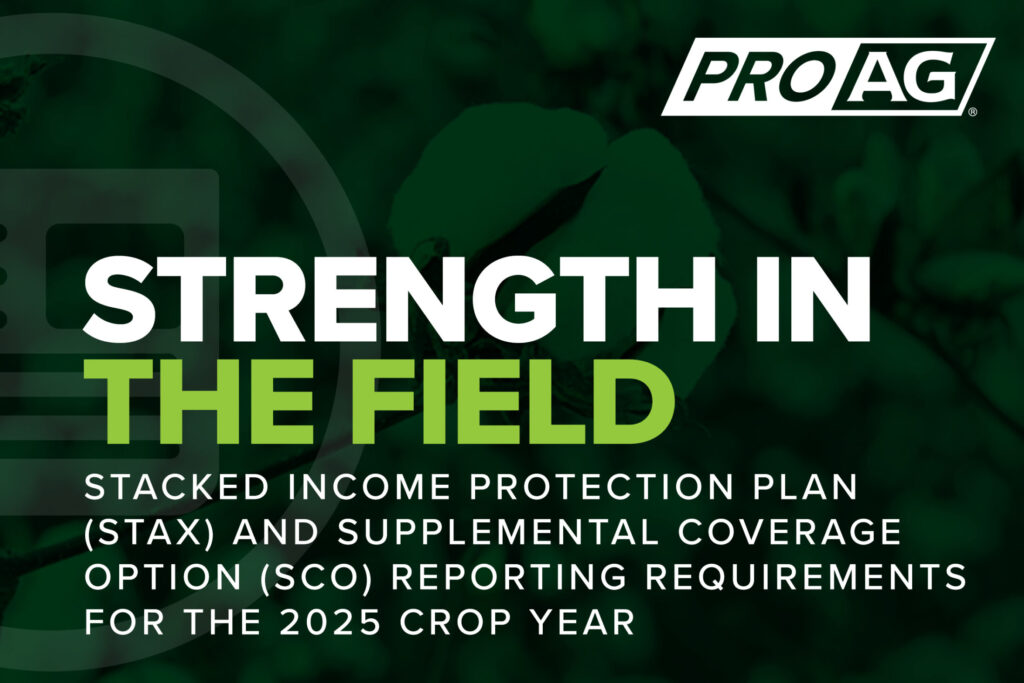The Stacked Income Protection Plan (STAX) is a crop insurance product for upland cotton that provides coverage for a portion of the expected revenue for your area.
Most often, your area will be your county, but it may include other counties or even practices as necessary to obtain a credible amount of data to establish an expected yield and premium rate.

STAX may be purchased on its own or in conjunction with another policy referred to as a “companion policy.”
Companion policies may include:
- Yield Protection
- Revenue Protection
- Revenue Protection with Harvest Price Exclusion
- Area Yield Protection
- Area Revenue Protection
- Area Revenue Protection with Harvest Price Exclusion
STAX is available in all counties where Federal crop insurance coverage for upland cotton is offered.
How does STAX work?
STAX provides coverage for up to 20 percent of the expected area revenue in increments of 5, 10, 15 or 20 percent. Loss payments begin when area revenue falls below 90 percent of its expected level – although a lower loss trigger may be selected. Loss payments reach their maximum when area revenue falls to 70 percent of its expected level – unless your companion policy has a coverage level above 70 percent, in which case payments end sooner.
The amount of coverage may also be increased or decreased by selecting a protection factor so that producers may better tailor coverage to their risks.
The amount of STAX coverage depends on the expected yield, projected price, coverage range and protection factor. The expected yield for STAX will be based on the historical average of yields in the county reported to RMA by insured growers. STAX pays a loss based on an areawide basis. An indemnity is triggered when there is an area loss in revenue.
Is STAX coverage available for cottonseed?
You may elect an optional endorsement for STAX which will provide yield-only coverage for cottonseed at the same coverage range and protection factor as the underlying STAX policy.
Please contact your trusted ProAg agent today for more information and to check for additional qualifications.
How is STAX calculated?
The calculation of STAX coverage is described in the following table.
In this example, the STAX Endorsement begins to pay when area revenue falls below 90% of its expected level. The full amount of the STAX coverage is paid out when the area average revenue falls to 75%. The dollar amount of STAX coverage is based on the coverage range and protection factor selected. In this example, there are 15 percentage points of coverage – from 90% down to 75% – and the protection factor selected is 1.20. Therefore, 15% of the expected area revenue, multiplied by the selected protection factor of 1.20 equals $96.88 (or 15% x 1.20 x $538.20). Thus, the STAX policy can cover up to $96.88 in addition to what is covered by the companion policy.
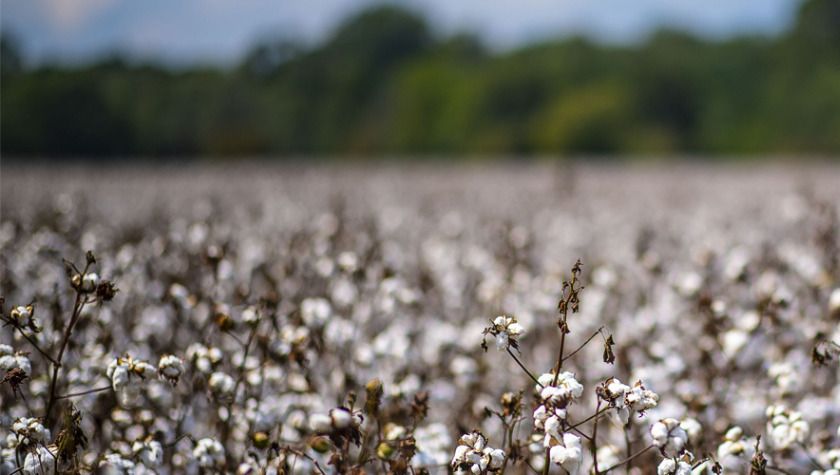
"*" indicates required fields
